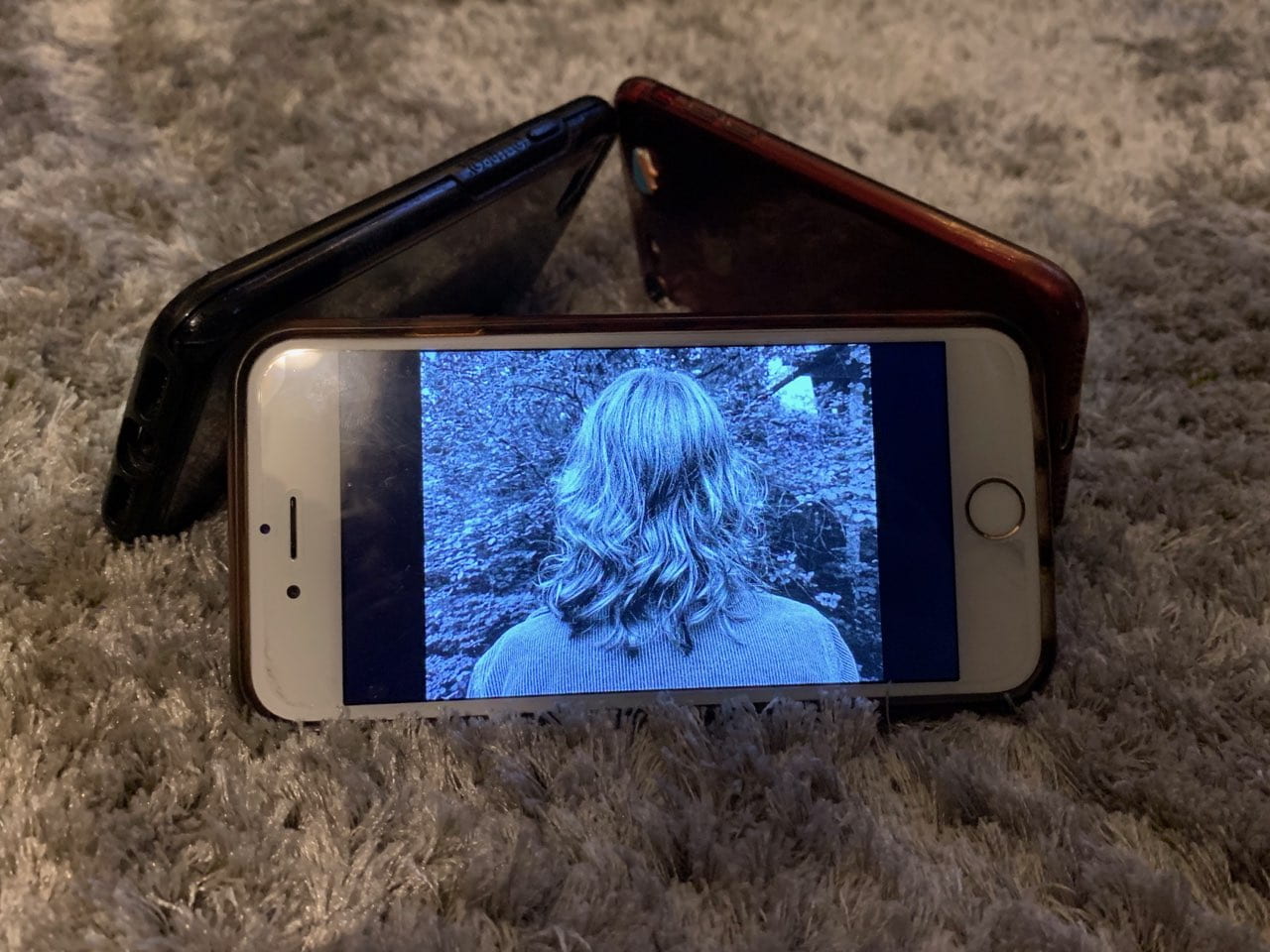The Artist
Gary Hill is an artist currently residing in Seattle, Washington and was born in Santa Monica, 1951. Growing up in California, Hill was an avid surfer and skateboarder, even winning the Skateboard National Championship in 1964. He was influenced from many artists and other public figures from a young age, and even took his first dose of LSD in the 1960’s. Throughout his life he has also had many cultural influences because of the variety of places he has lived. Prior to living in Seattle, he lived and studied in Tokyo, Japan. Hill is known as a foundational artist in videography. Many of his works include the use of screens, projection or other forms of technology, and exhibit little to no color.
Gary Hill is known for his intermedia artwork. His main source of media is video, but he started out with the use of metal sculptures. His first solo museum piece was Mesh, 1978-1979. This was a mixed media installation that involved the use of three closed-circuit cameras, four 21-inch LCD monitors and 16 sixteen 3-inch speakers, surrounded by mesh. The cameras take a picture of the viewer and then casts it upon the screen. His work has been shown many places worldwide including the Galerie des Archives in Paris, the Museum of Modern Art in New York, the Museum für Gegenwartskunst in Basel, Switzerland. In 1995, Hill won the Leone d’Oro Prize for Sculpture at the Venice Biennale. Hill also won many other awards like the John D. and Catherine T. MacArthur Foundation Fellowship Award in 1998, the Kurt-Schwitters-Preis in 2000, and honorary doctorates from The Academy of Fine Arts Poznan, Poland in 2005 and Cornish College of the Arts in 2011.
1990’s Influence
In general, the 1990s is a decade most often remembered to be relatively peaceful and prosperous. On a regional scale, in the Pacific Northwest, the economy booms in comparison the rest of the country, according to a 1996 New York Times article. Locally as well as regionally there is also a significant boom in grunge music in the Seattle area as well as the Pacific Northwest as a region. The 1990s are also commonly referred to as “the era of photographers,” a time when photography was finally accepted and recognized as an art form.
Artist’s Statement
Hill’s work seems to be pieces that inspire the audience to think. His pieces not only involve the usage of screens to display different videos to show the reader a story, but it shows common ground for all four men in his piece, “Clover”. With this piece he visually shows the reader that no matter which path these men took, all 4 of them would end up back at some similar point later down the road. On top of this, each man is seen walking forever, never actually finding that crossroad. Based on this one could also view it from the idea that while each of these men is trying to achieve that endpoint.
Work Cited
“1990s.” History.com, A&E Television Networks, 21 Aug. 2018,
www.history.com/topics/1990s.
Egan, Timothy. “Economic Pulse: The Pacific Northwest – A Special Report.;
Northwest’s Fortunes, Once Grim, Thrive Despite National Recession.” The
New York Times, The New York Times, 14 Mar. 1991, www.nytimes.com/
1991/03/14/us/economic-pulse-pacific-northwest- special-report-northwest-
s-fortunes-once-grim.html.
Hill, Gary. “GARY HILL.” Gary Hill Home Comments, garyhill.com/. Accessed 1 May 2019.
Johnson, Ken. “ART IN REVIEW; Gary Hill.” The New York Times, The New York Times, 5 Mar. 1999, www.nytimes.com/1999/03/05/arts/art-in-review-gary-hill.html. Accessed 1 May 2019.
Pearson, Steve. “1990s News, Events, Popular Culture and Prices.” What
Happened in the 1990s Featuring News, Popular Culture, Prices
and Technology, www.thepeoplehistory.com/1990s.html.
Created By:
Sophia Butterfield – Photographer, Material Gatherer
Joshua Dillard – Admin, Blog Uploader
Halle Dagley – Coordinator, Photo Editor








Leave a Reply